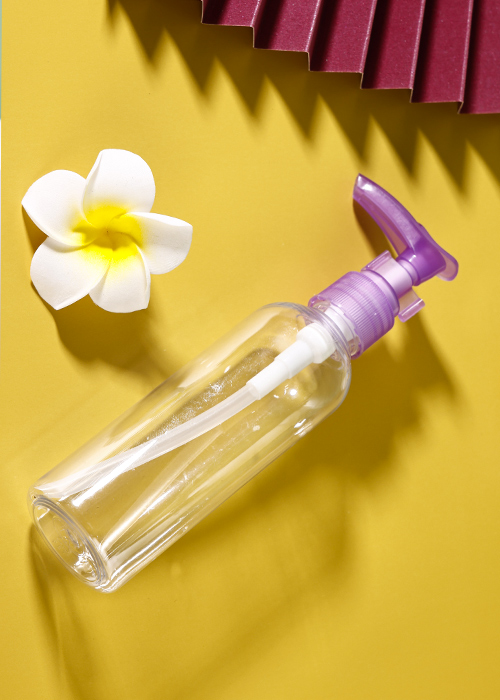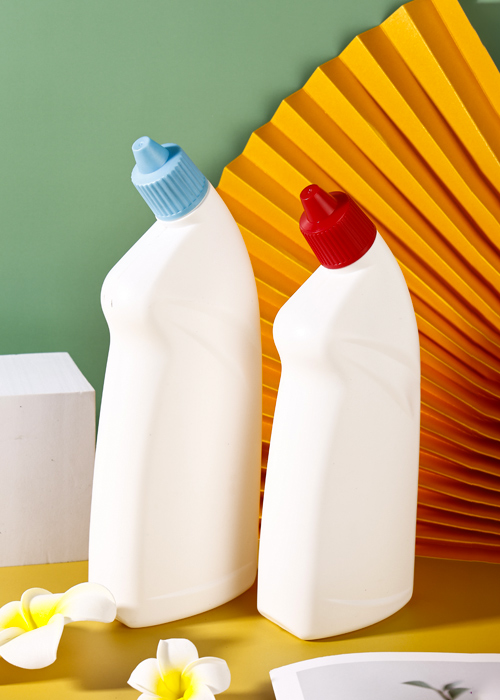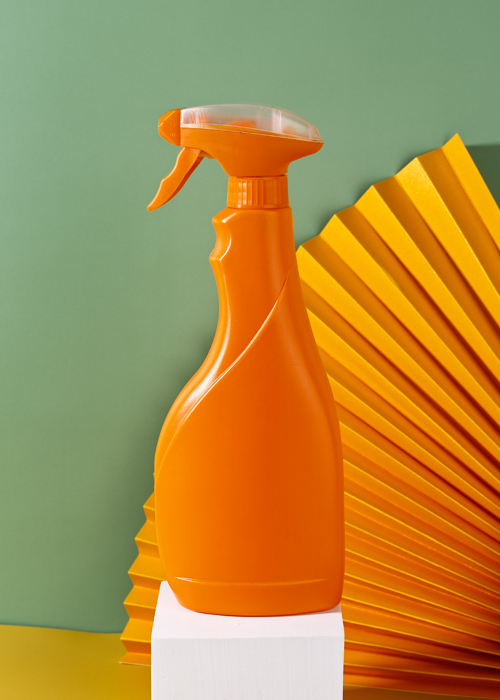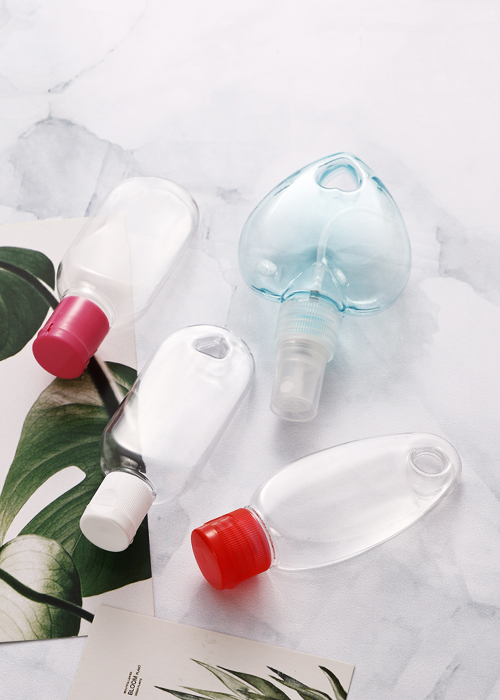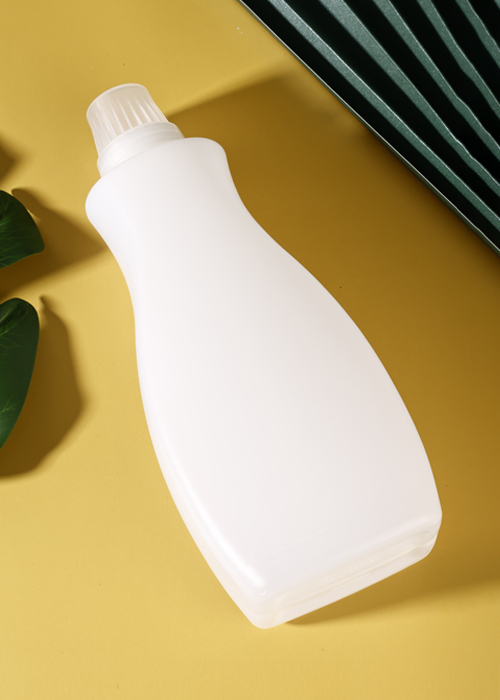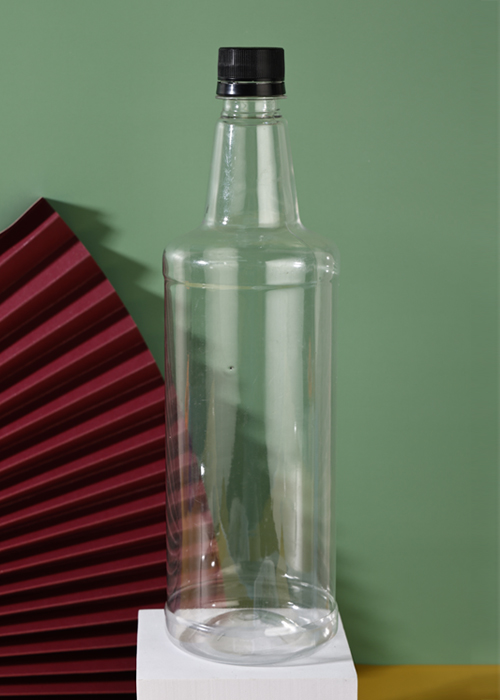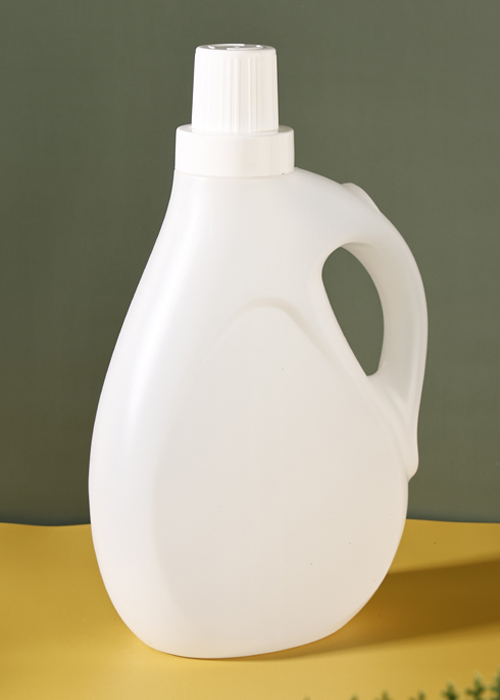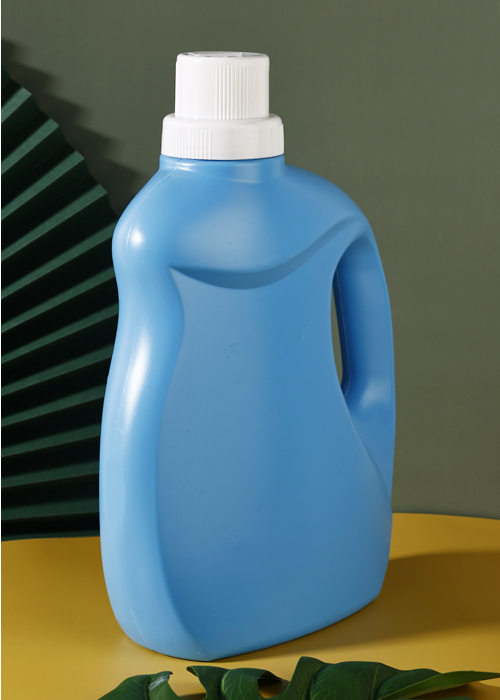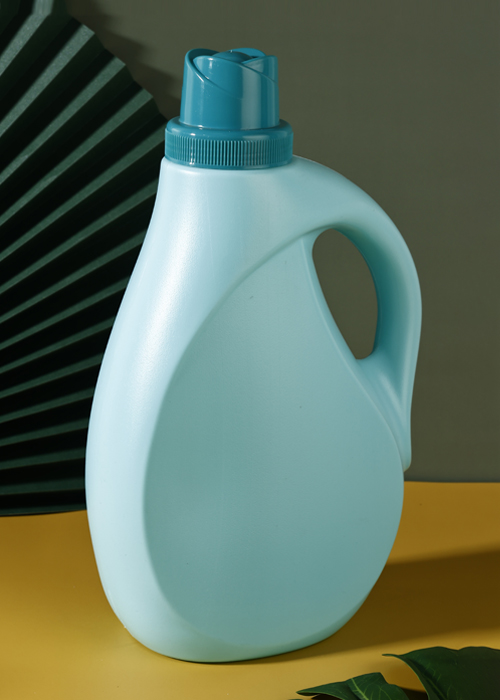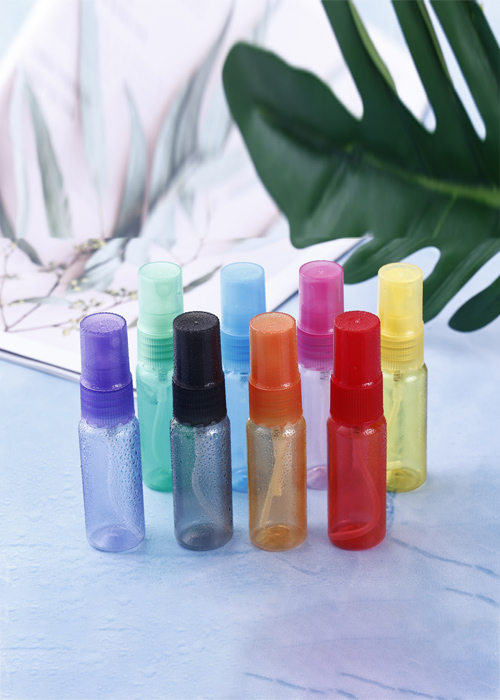The acrylic health care product bottle has good transparency, with a light transmittance of more than 92%, and can be used outdoors with peace of mind. Although acrylic bottles have achieved great success in the cosmetics market, they have not been widely used in other packaging fields such as food and medicine. This is also an area worthy of exploration and exploration by acrylic bottle manufacturers.
1. Casting and molding of acrylic health care product bottle
Casting is used to form plexiglass sheets, bars and other profiles, that is, the profiles are formed by mass polymerization. The products after casting need to be post-treated. The post-treatment conditions are 2 hours at 60°C and 2 hours at 120°C.
2. Injection molding
Injection molding adopts the pellets obtained by suspension polymerization, and the molding is carried out on a common plunger or screw injection molding machine. Injection molding products also need post-treatment to eliminate internal stress. The treatment is carried out in a hot air circulation drying oven at 70-80 °C. The treatment time depends on the thickness of the product, and generally takes about 4 hours.
3. Engraving and cutting
It is mainly for hollowing and engraving of already formed acrylic or colored acrylic materials. Ordinary laser engraving and cutting machines can meet the engraving and hollowing needs of most acrylic products.
4. Thermoforming of health product bottle
Thermoforming is the process of making plexiglass sheets or sheets into products of various sizes and shapes. The blanks cut to the required size are clamped on the mold frame, heated to soften them, and then pressurized to make them close to the mold surface. , to obtain the same shape as the profile, and after cooling and shaping, the edge is trimmed to obtain the product. Pressurization can be done by means of vacuum drawing or direct pressurization of a punch with a profile. The thermoforming temperature can refer to the recommended temperature range in Table 3. The temperature close to the lower limit should be used when the product is formed by rapid vacuum and low drafting, and the temperature close to the upper limit should be used when the deep drafting product with complex shape is formed. Normally, the normal temperature should be used.
5. Extrusion
Polymethyl methacrylate can also be extruded, and plexiglass plates, rods, pipes, sheets, etc. can be prepared with the particles produced by suspension polymerization, but the profiles prepared in this way, especially the plates, have small molecular weight. The mechanical properties, heat resistance and solvent resistance are not as good as those of casting profiles, and their advantages are high production efficiency, especially for pipes and other casting molds. Difficult to manufacture profiles. Extrusion molding can use a single-stage or two-stage vented extruder, and the screw length-diameter ratio is generally 20-25.

 中文简体
中文简体 English
English عربى
عربى русский
русский